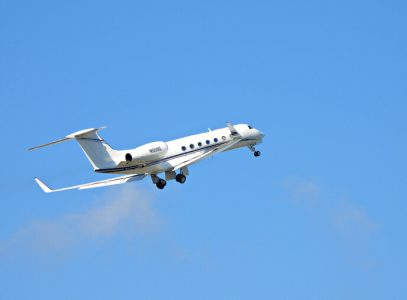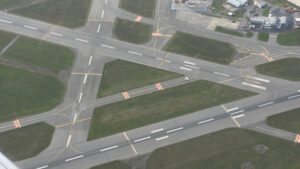Go-around pilot training can help remove the stigma of failure
“Cleared for the visual,” he said. I snapped off the autopilot and pointed the nose toward the runway. I was high and fast, at idle power, and full flaps, but I was determined to make it. My co-pilot called off my speed, plus 30, plus 20 “you’re high on the approach.” I should have gone around and tried again, but I wanted to get on the ground. Passing the runway threshold too fast, I floated and floated and finally forced the jet on the ground in a relatively good landing. “Good job,” the instructor said. “Shut her down for the day.” Just like that, my pilot training session was over for another year.
But I knew this simulator approach wasn’t pretty. For some reason in the sim it doesn’t matter how high or fast you are, or how much you are not aligned with the runway; it seems like we can always make it work. We never seem to run out of runway.
I know that is not a good thing. What did that simulator training teach me? To push it? To keep going when I was not stable? I’ve heard myself turn around and tell an instructor that I would never do this in real life. So why do I do it in training?
If anything, we should do the exact opposite of some of our training. Every unstable approach in training AND real life should be a go-around so we get it in our heads that a go-around is the safe option and not something reserved for only the most obvious and blatantly dangerous situations. We must eliminate the stigma that a go-around is a failure or an indication of a lack of skill.
I’m not the only one who thinks this way. Flight Safety International and the Presage Group are launching a psychological study to research go-around decision-making for Gulfstream pilots. They want to learn the root cause of runway excursions to understand what pilots think when deciding to continue the approach or go around.
Runway excursions represent up to half of all business aviation accidents annually, so it is well worth the investigation. The study will start this summer in Gulfstream simulators and will be the first study of business aviation operations. Presage has a methodology for go-around decision-making used by over 20 airlines and offered to the Citation Jet Pilots Owner-Pilot Association for their “Safe to Land” initiative.
The best part of this study is the realization that the risk-mitigation process has to include the ability of the pilot to recognize real-world limits for continuing an unstabilized approach. The adage, “Fly the way you train and train the way you fly,” has never been more critical. Pilot training is where good habits begin. We should take it more seriously.
RELATED READING










